Vicki Davis has a nice compilation of resources for teaching coding to kids of all ages. Of the fifteen things she lists, the ones I’ve used, like Scratch and the Raspberry Pi have been great.
↬ Ms. Douglass.
Middle and High School … from a Montessori Point of View
Vicki Davis has a nice compilation of resources for teaching coding to kids of all ages. Of the fifteen things she lists, the ones I’ve used, like Scratch and the Raspberry Pi have been great.
↬ Ms. Douglass.
Sumanas, Inc. has an excellent collection of biology-related videos, including good coverage of mitosis and meiosis.


The Shaded Relief Archive is a great source of continental scale shaded relief maps. Dr. A. used them when the middle-schoolers built their 3d models of Australia and Antarctica for geography.
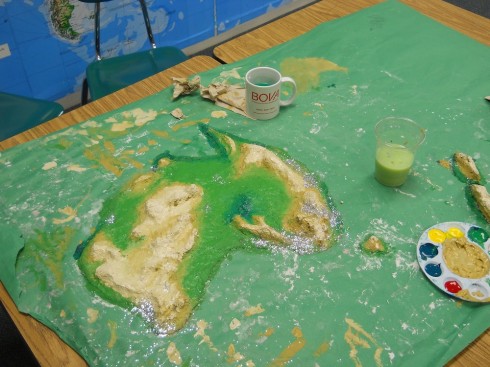
NASA’s Earth Observatory is another great source.
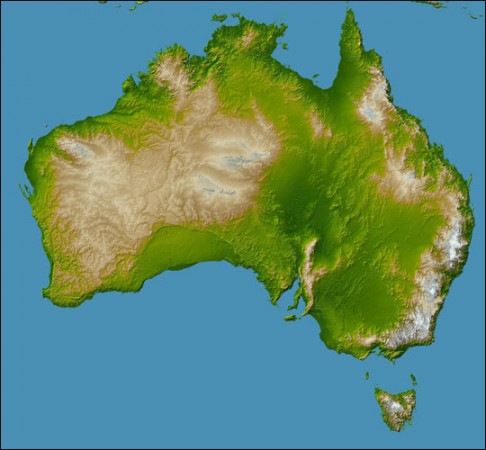
Perhaps the key reason for the profound influence of Darwin’s “On the Origin of Species” is that it’s such a well written and well reasoned argument based on years of study. It is a wonderful example of how science should be done, and how it should be presented. In the past I’ve had my middle schoolers try to translate sections of Darwin’s writing into plainer, more modern English, with some very good results. They pick up a lot of vocabulary, and are introduced to longer, more complex sentences that are, however, clearly written.

The text of “On the Origin of Species” is available for free from the Gutenberg library. Images of the original document can be found (also for free) at the UK website, Darwin Online (which also includes the Darwin’s annotated copy). Darwin Online also hosts lot of Darwin’s other works, as well as notes of the other scientists on The Beagle, among which is included some wonderful scientific diagrams.
This year, I’m going to have the middle schoolers read the introduction, while the honors environmental science students will read selected chapters and present to the class — this will be their off-block assignment.
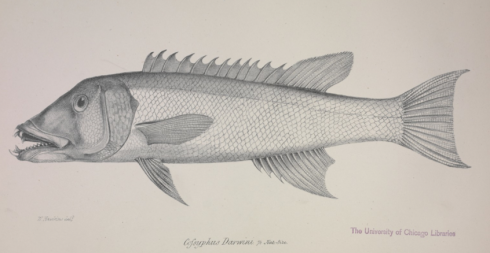
With a simple, but effective interface, ZygoteBODY’s free, online 3d models of human anatomy are excellent.


Anatronica has an excellent, online, 3d viewer for the anatomy of the human torso. While it’s not quite the same as a physical model, it’s pretty good as a study guide for middle schoolers.
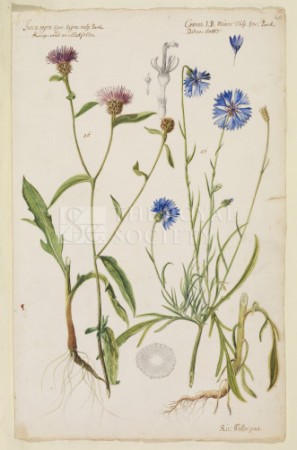
The Royal Society’s Picture Library is now available online. It contains images from some of the seminal scientific works of the last four centuries. It’s an excellent resource for teachers and students, who, with registration, can get free high-resolution images for presentations and unpublished theses.
I’m particularly attracted to the biological drawings at the moment because I’m trying to get students to practice their scientific drawing and diagramming.
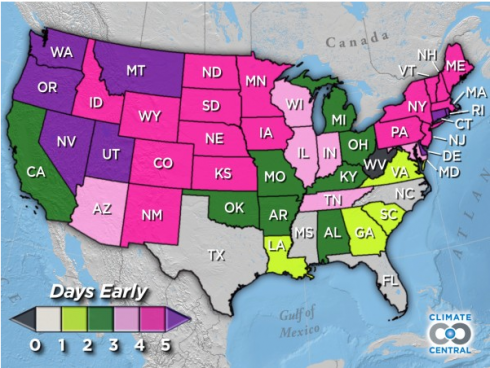
In Missouri, between 1981 and 2010 the average date at which trees first showed their leaves was two days earlier than the average between 1951 and 1980, according to this graphic by Climate Central.
You’ll also note the north-south trend, where change is greater as you go north. Most models predict that global warming/climate change due to increasing carbon dioxide will result in bigger changes as you get toward the poles.
The map is based on data from the National Phenology Network. The National Phenology Network has a good educational resource page, as well as access to their datasets.
